Ready to glow, but worried about the flake? Tretinoin—also known as all-trans retinoic acid—is a dermatologist-beloved powerhouse proven to smooth fine lines, brighten dark spots, and reverse signs of sun damage. But there's a catch: the retinization period. This is when your skin adjusts to tretinoin, and it can come with dryness, peeling, redness, and sensitivity. The good news? These side effects are temporary, and with the right supportive care (hello, Rejûvaskin Skin Recovery Cream!), your skin barrier can stay calm, soothed, and protected.
In this post, we’ll break down what really happens to your skin before and after using tretinoin—plus expert tips to reduce irritation and support a healthy skin barrier.
What Is Tretinoin and Why Is It So Effective?
Tretinoin is a prescription-strength vitamin A derivative that speeds up skin cell turnover. It's used to treat:
-
Acne and clogged pores
-
Uneven skin tone and texture
-
Fine lines and wrinkles
-
Dark spots and sun damage
Multiple clinical studies have confirmed its ability to remodel the skin at a cellular level, improve collagen production, and reduce signs of photoaging (Andreano et al., 1993), (Weiss et al., 2006).
But here’s the thing—while it's transforming your skin, it may also compromise your skin barrier.
The “Before”: What Happens During Retinization?
When you first start using tretinoin, your skin might go through a rocky phase. This is completely normal and known as retinization. Expect symptoms such as:
-
Peeling and flaking – especially around the mouth, chin, and nose
-
Redness or irritation – sometimes mistaken for an allergic reaction
-
Increased dryness and tightness
-
Breakouts or purging
These reactions are common and stem from tretinoin's effect on the skin barrier. In fact, tretinoin has been shown to alter tight junction proteins (like Claudin-1), weaken the epidermal barrier, and reduce hydration levels temporarily (Li et al., 2019).
The “After”: What Improvements Can You Expect?
Once your skin acclimates—usually after 6 to 12 weeks—you’ll begin to see the benefits:
-
Smoother skin texture and tighter pores
-
Reduced acne and blackheads
-
Even skin tone and fewer dark spots
-
Fine lines softened
-
Radiant, glowing skin
Clinical trials have shown significant improvement in photoaging and texture within 12–24 weeks of use (Kligman & Draelos, 2016), (Phillips, 2005).
How to Protect Your Skin Barrier During Tretinoin Treatment
Let’s be real: glowing skin isn’t worth it if you’re miserable getting there. The secret to smoother sailing? Barrier-focused skincare.
1. Use Tretinoin Only at Night
Sunlight breaks down tretinoin and increases the risk of irritation. Apply it to clean, dry skin before bed—wait 20–30 minutes after washing to avoid stinging.
2. Start Low and Slow
Begin with every third night, then gradually build up frequency as tolerated. A “pea-sized” amount is enough.
3. Moisturize Strategically
A gentle, barrier-restoring moisturizer is your best defense. Say hello to Rejûvaskin Skin Recovery Cream.
Powered by advanced peptides, botanicals, and ceramides, this dermatologist-trusted formula:
-
Soothes inflammation and reduces redness
-
Replenishes hydration instantly
-
Supports the natural skin barrier function
-
Is safe for sensitive or irritated skin
Studies show barrier-enhancing moisturizers can significantly reduce tretinoin-related irritation (Draelos et al., 2006).
4. Avoid Harsh Actives During Adjustment
Hold off on exfoliants, benzoyl peroxide, and vitamin C. Focus on soothing, hydrating ingredients while your skin adjusts.
5. Never Skip Sunscreen
Your skin will be more photosensitive. Daily SPF 30+ is essential to prevent hyperpigmentation and sun damage.
Real Talk: Tretinoin Is Worth the Wait
It’s easy to feel discouraged during the early weeks of tretinoin use. But with proper support—like Rejûvaskin Skin Recovery Cream—most users find the journey leads to dramatically healthier, smoother skin.
So hang in there. Soothe, hydrate, protect—and let tretinoin do what it does best: transform your skin.
Works Cited
-
Andreano, J., Bergfeld, W., & Medendorp, S. (1993). Tretinoin emollient cream 0.01% for the treatment of photoaged skin. Cleveland Clinic Journal of Medicine, 60(1), 49–55.
-
Weiss, J., Shavin, J., Nighland, M., & Grossman, R. (2006). Tretinoin microsphere gel 0.1% for photodamaged facial skin. Cutis, 78(6), 426–432.
-
Kligman, D., & Draelos, Z. (2016). Combination Superficial Peels With Salicylic Acid and Post-Peel Retinoids. Journal of Drugs in Dermatology.
-
Li, J., Li, Q., & Geng, S. (2019). All-trans retinoic acid alters tight junction proteins and skin barrier function. International Journal of Molecular Medicine, 43, 1789–1805.
-
Phillips, T. (2005). An update on the safety and efficacy of topical retinoids. Cutis, 75(2 Suppl), 14–22.
-
Draelos, Z., Ertel, K., & Berge, C. (2006). Facilitating facial retinization through barrier improvement. Cutis, 78(4), 275–281.
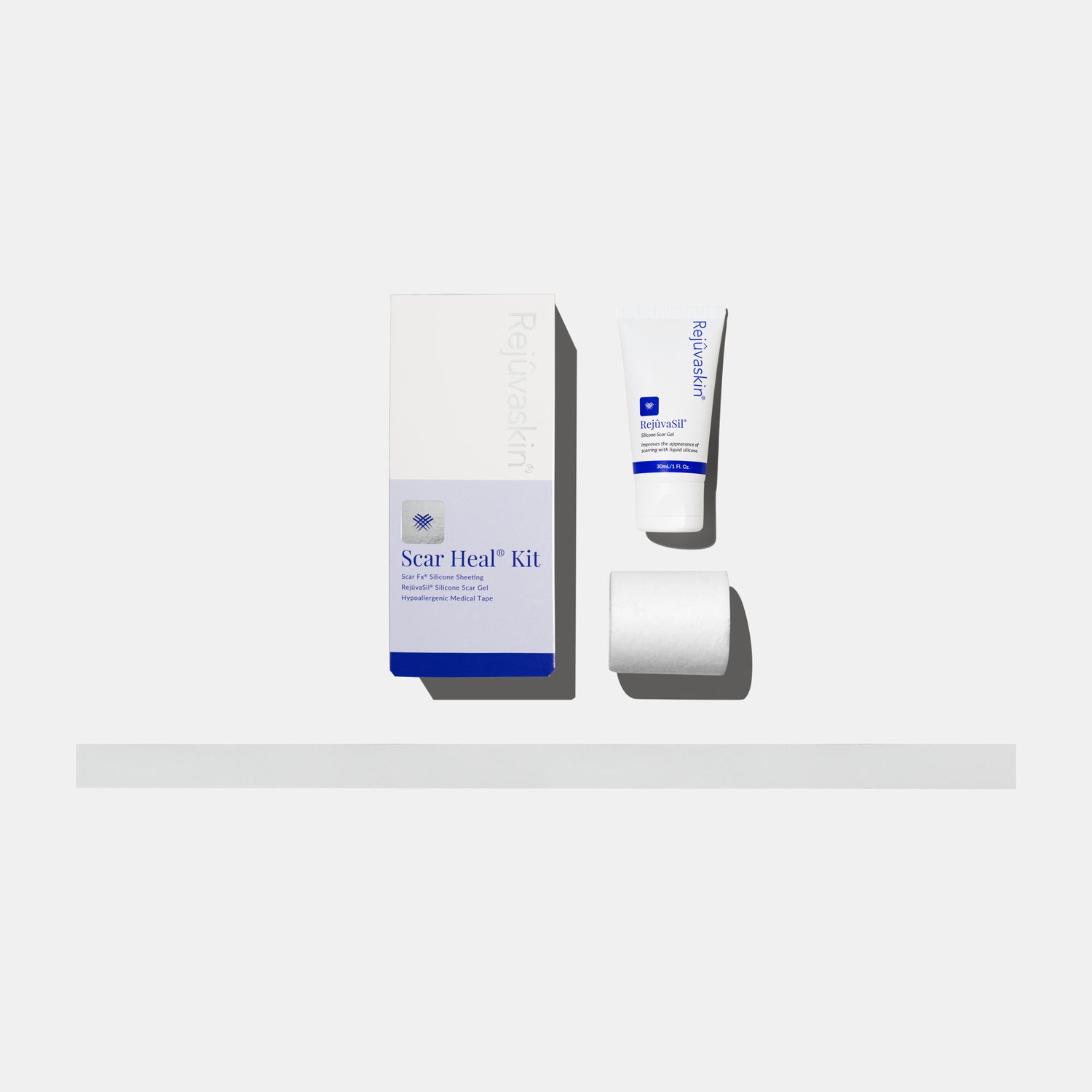
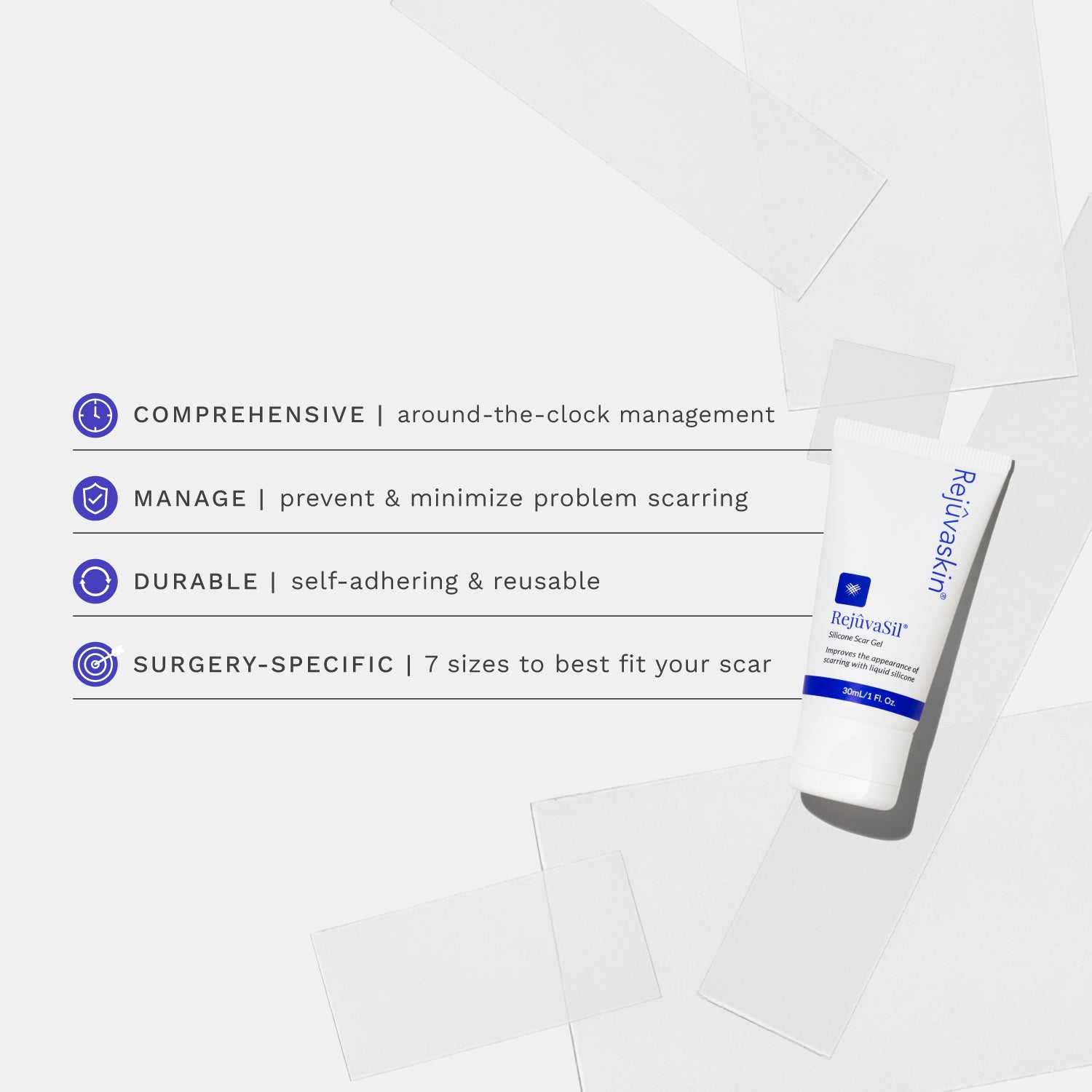
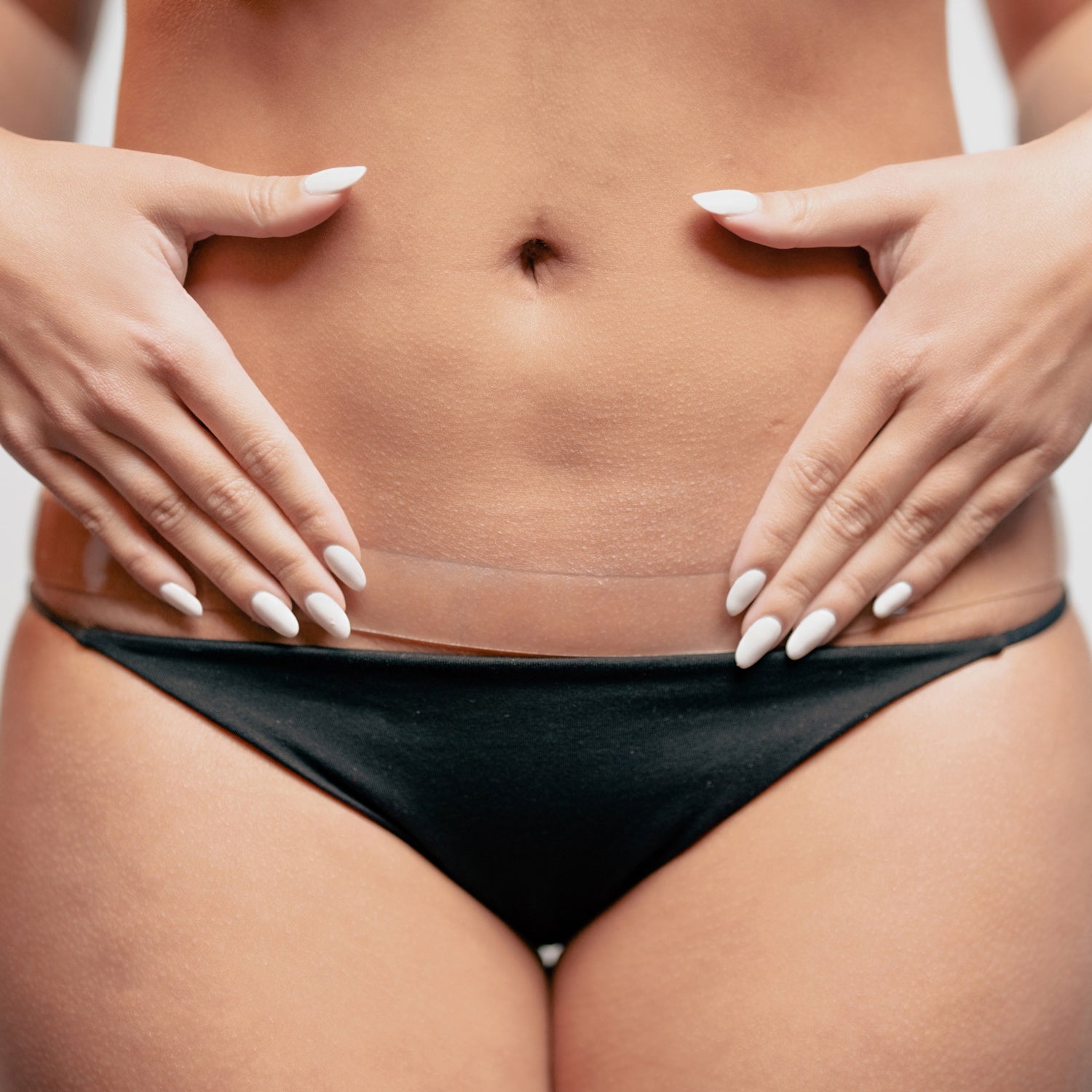
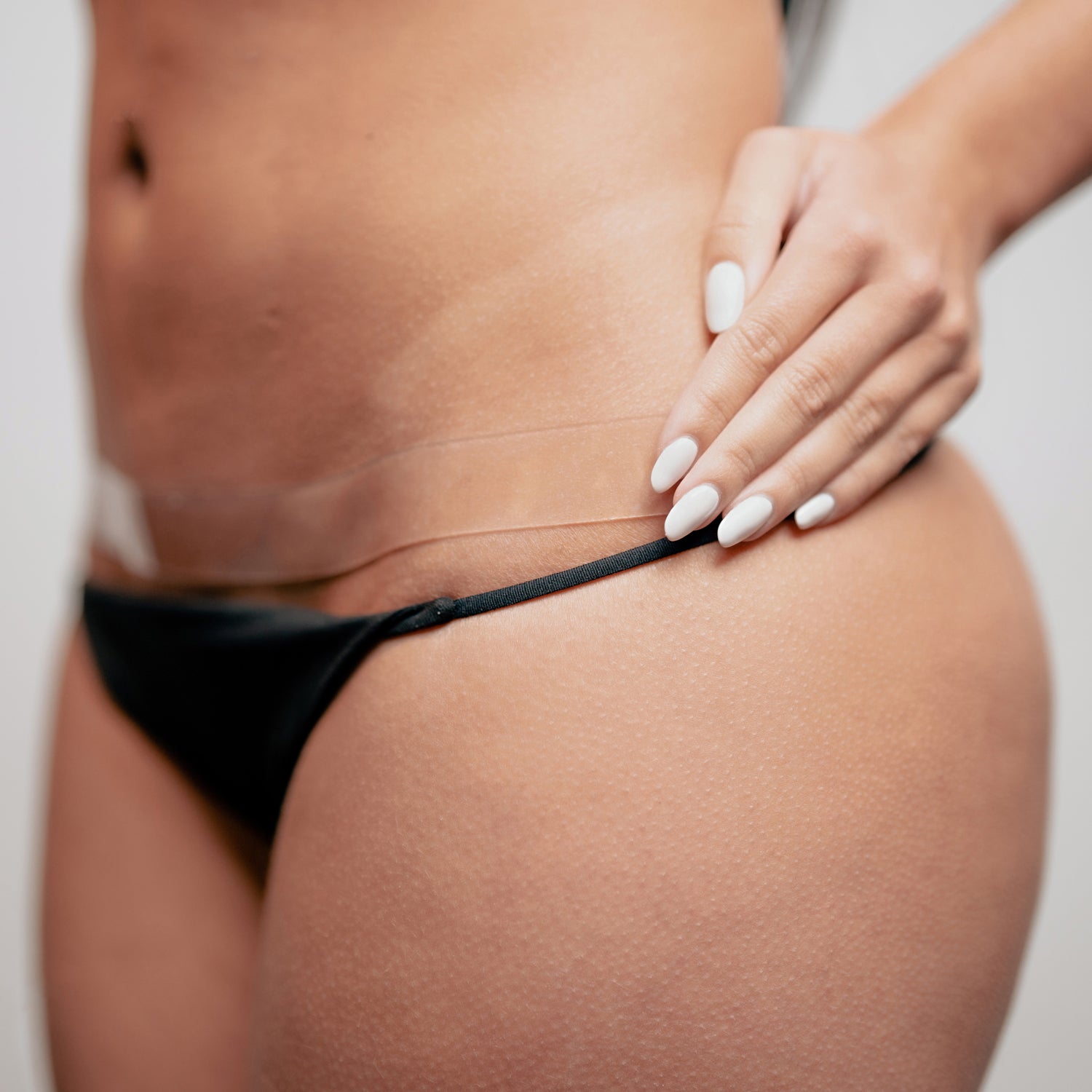

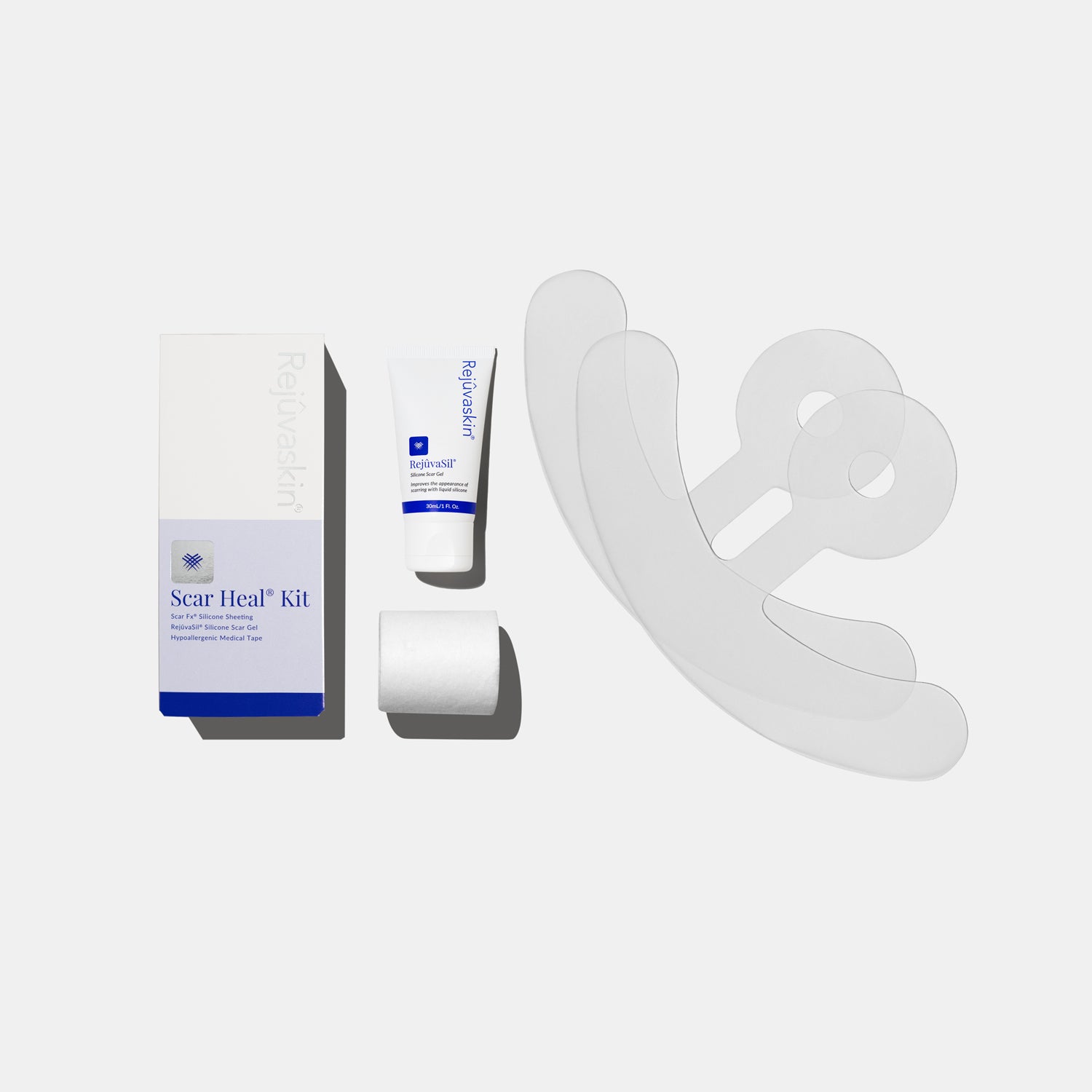
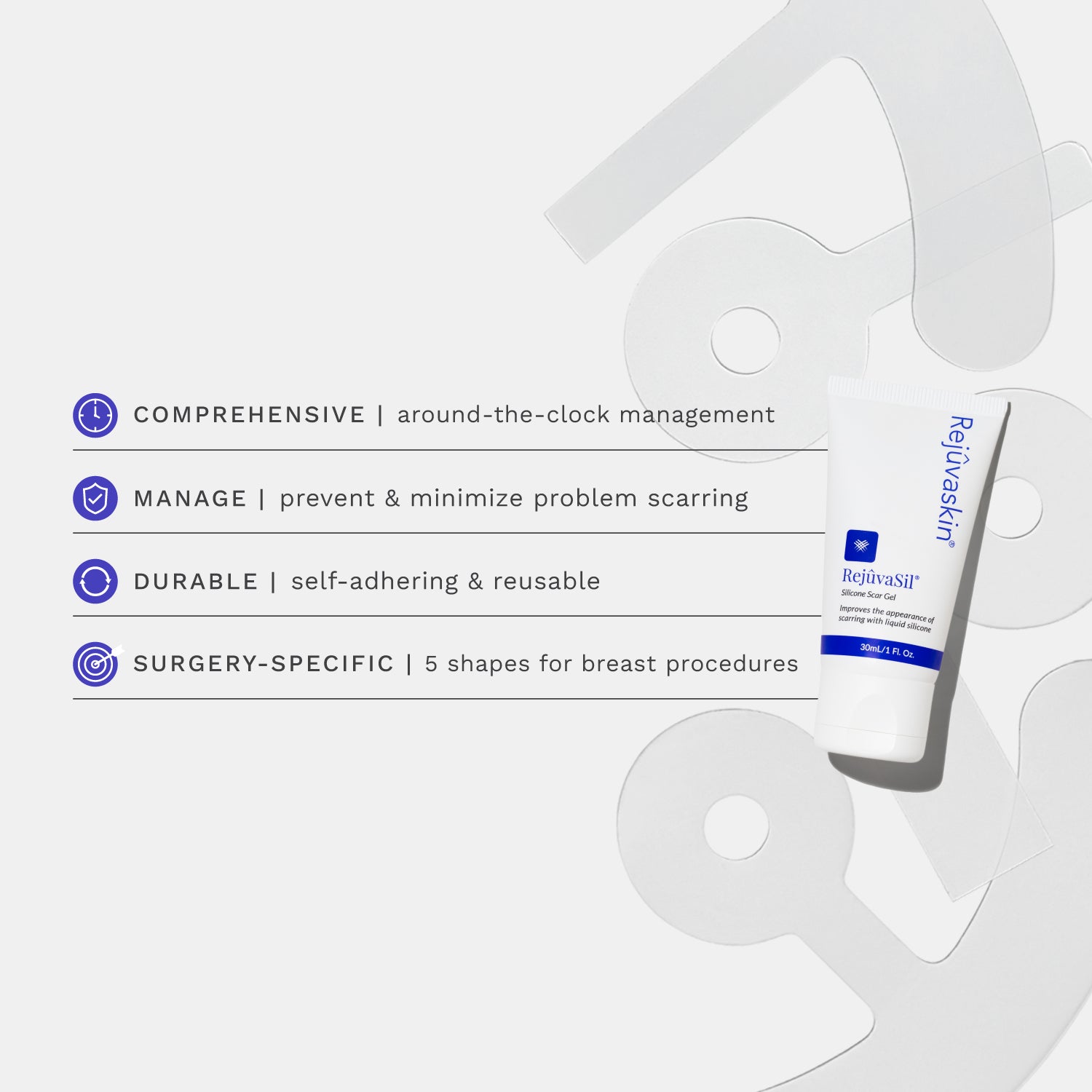
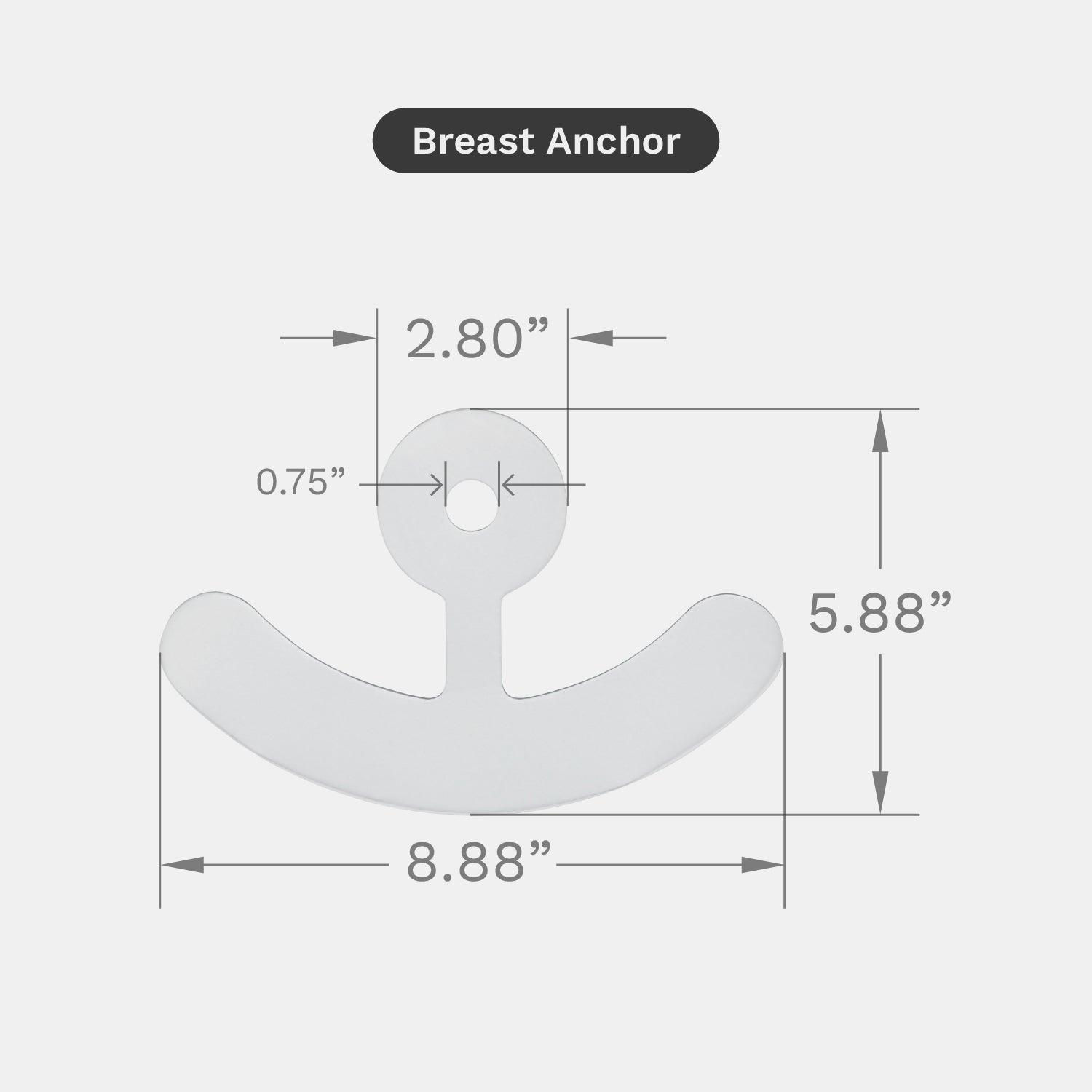
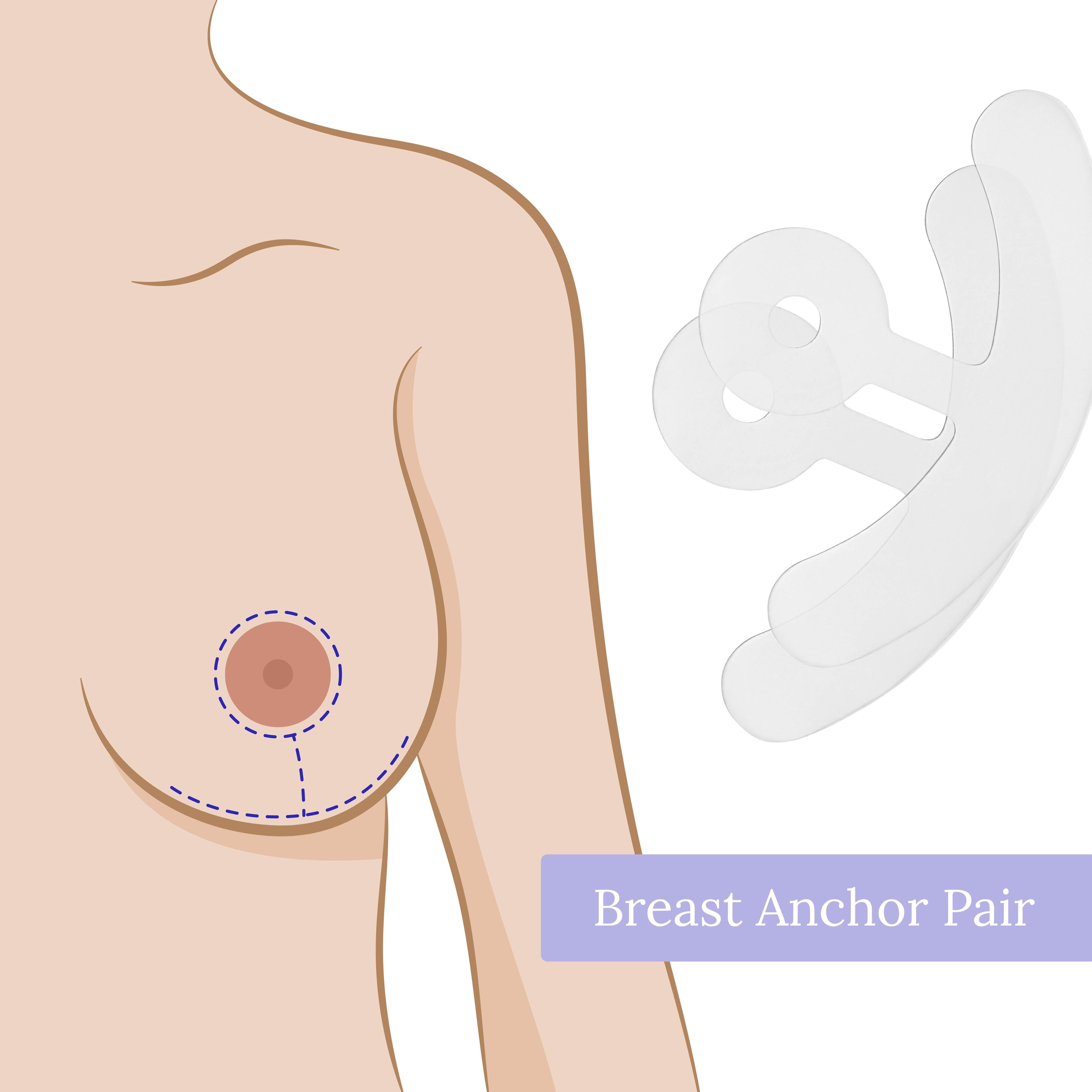
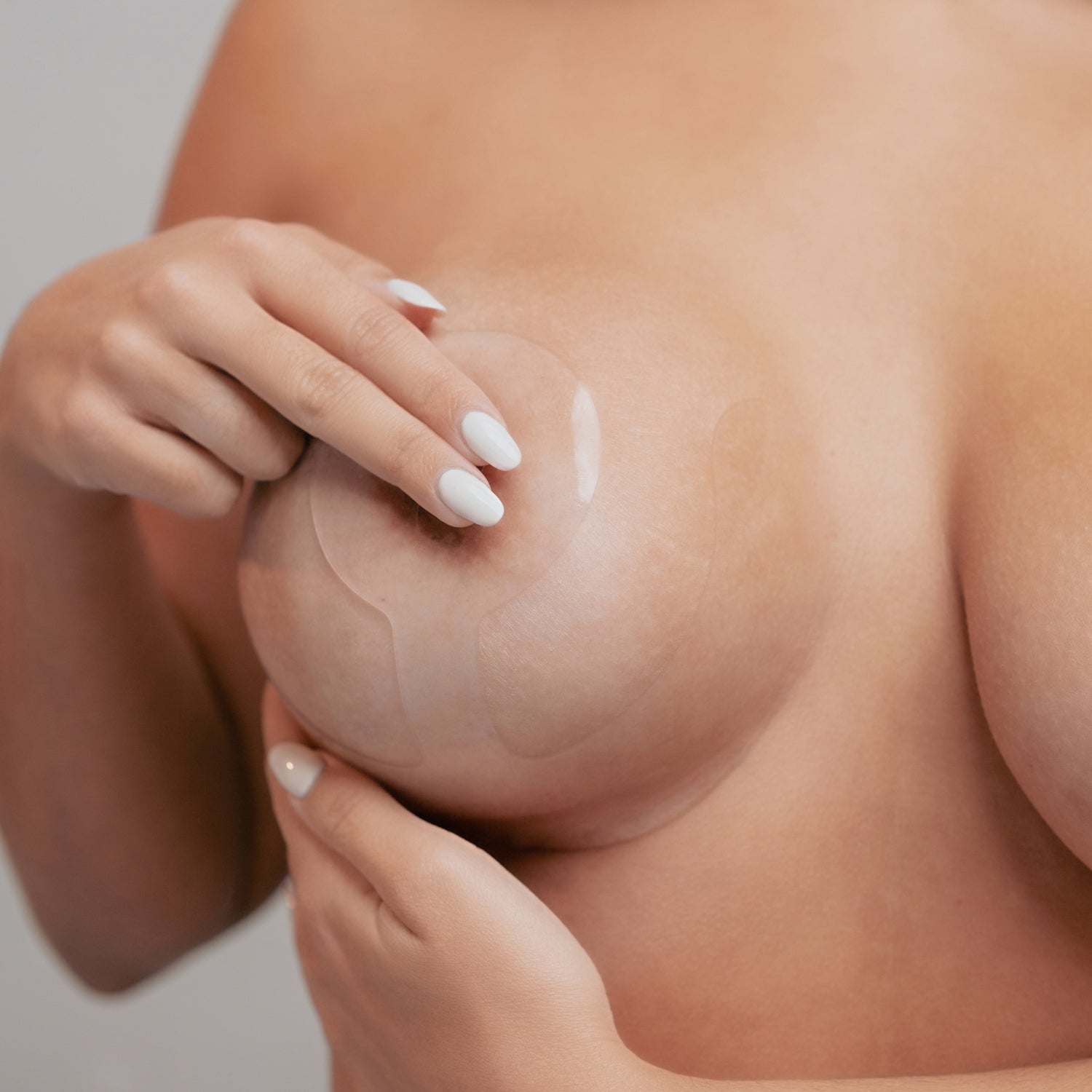





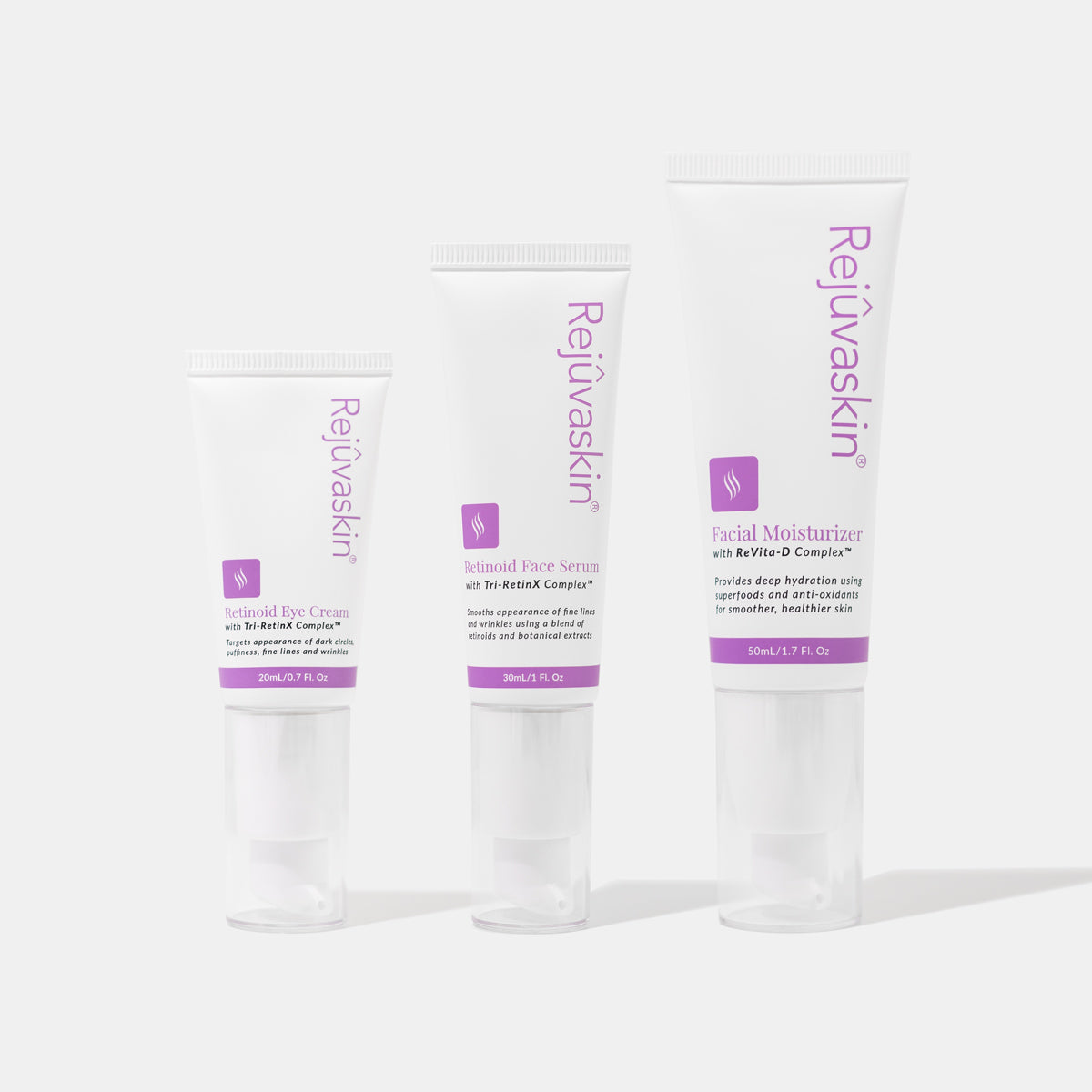
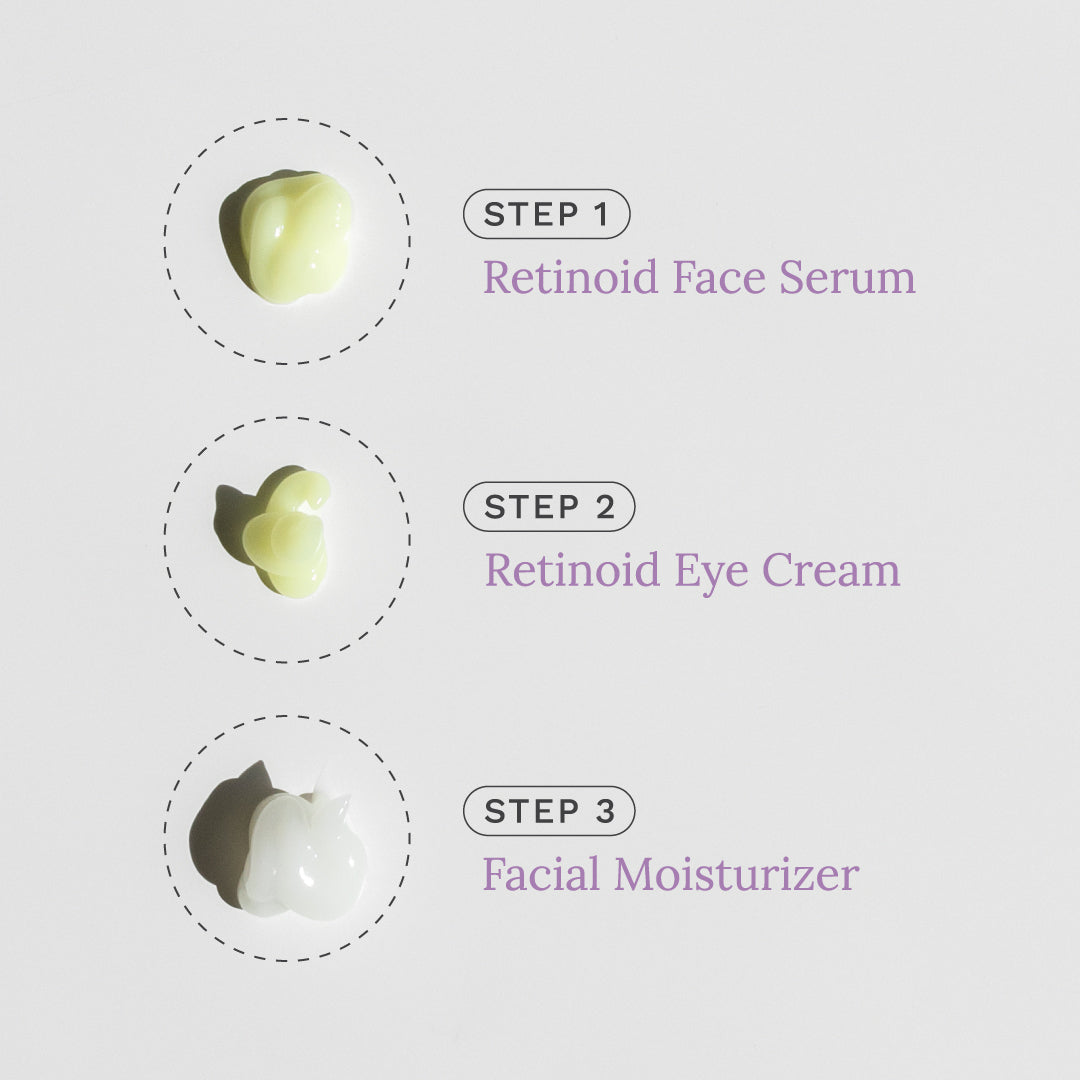
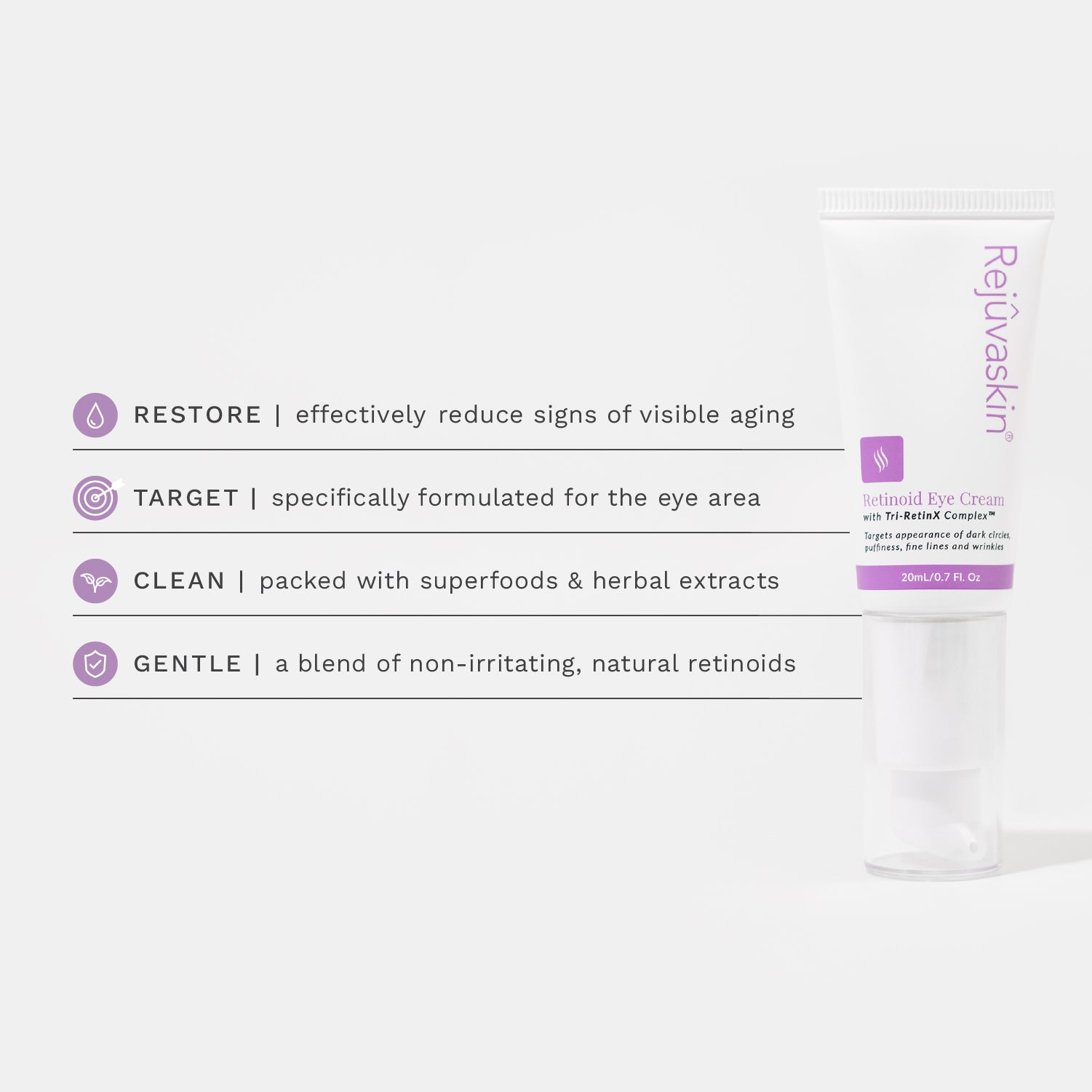
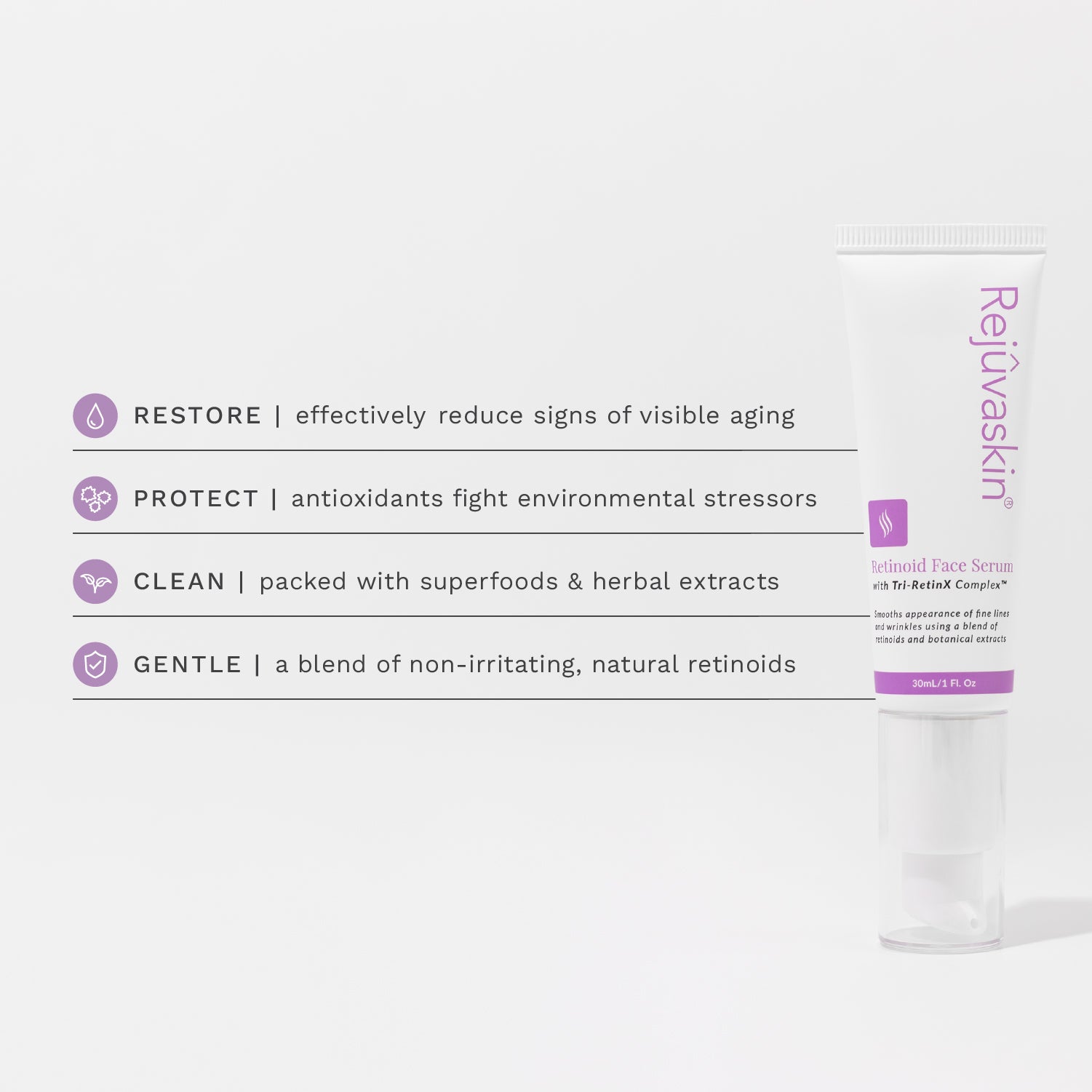



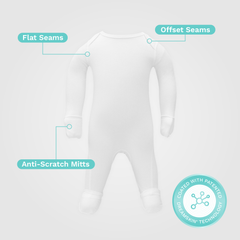
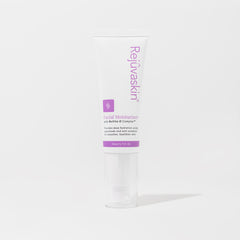
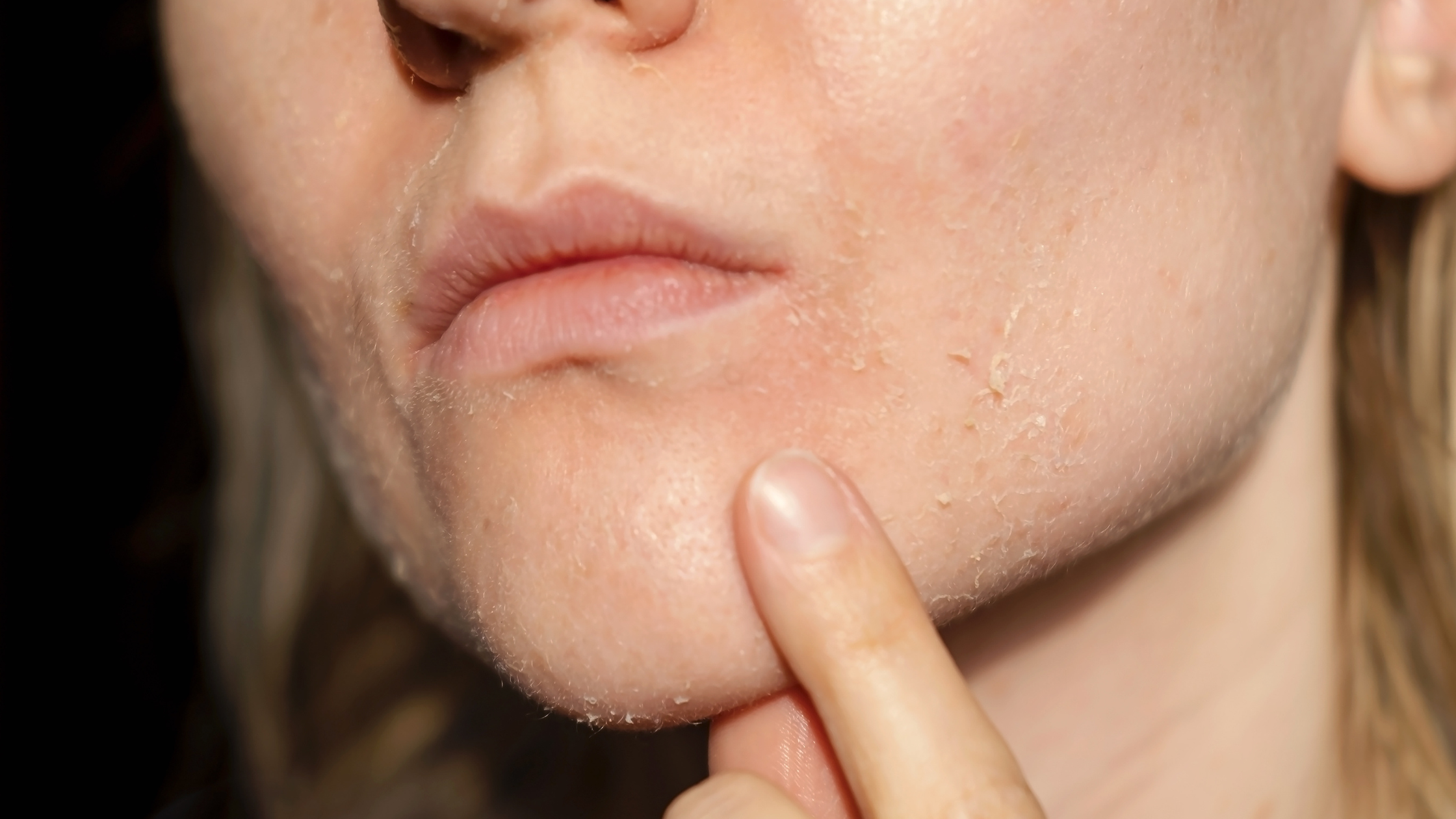
Leave a comment